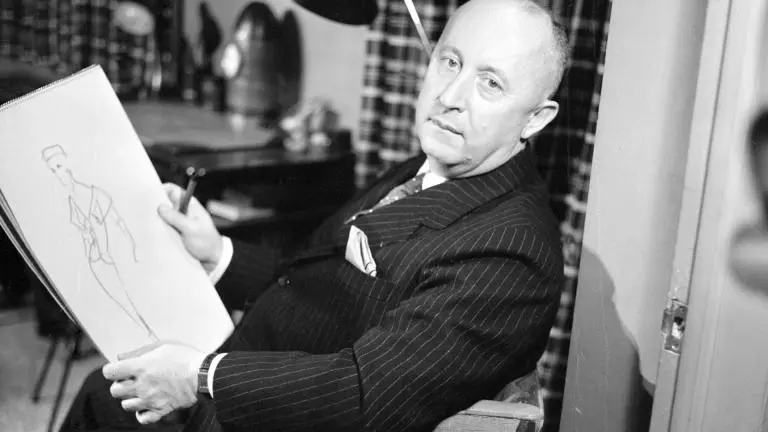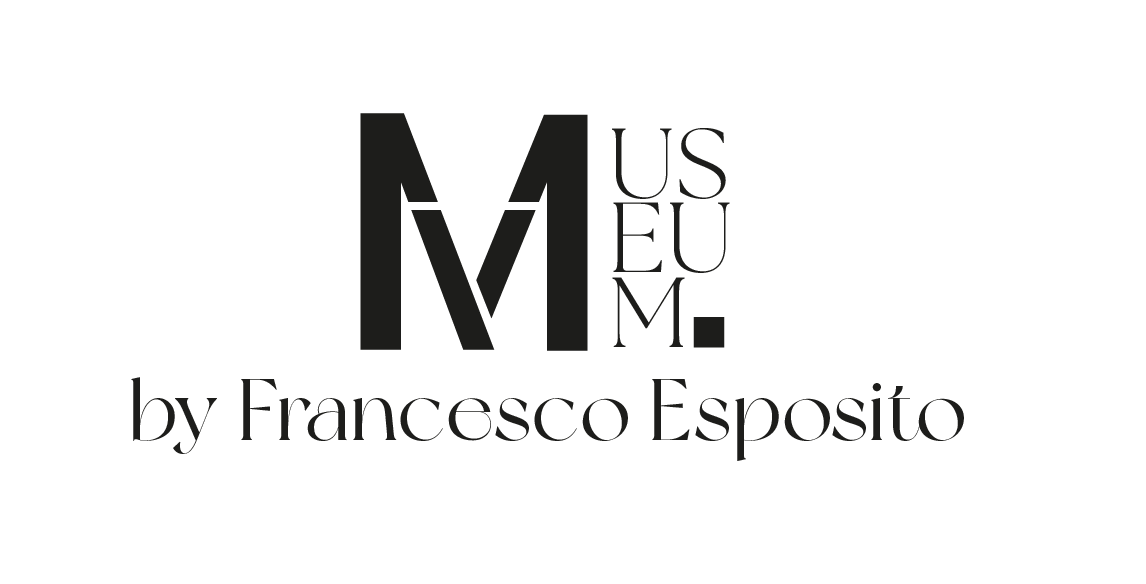Christian Dior: the designer who changed the haute couture

A man who dedicated his entire life to art and fashion, to express a new idea of fashion and women style.
Monsieur Dior was born on January 21, 1905, in Granville, a seaside town in the north of France. He was the second of five children born to Alexandre Louis Maurice Dior, the owner of a highly successful fertilizer manufacturer, and his wife, Isabelle. Although Dior was passionate about art and expressed an interest in becoming an architect, he submitted to pressure from his father and, in 1925, enrolled at the École des Sciences Politiques to begin his studies in political science, with the understanding that he would eventually find work as a diplomat.
After his graduation in 1928, however, Dior opened a small art gallery with money he received from his father. In the few years it was open, Dior’s gallery handled the works of such notable artists as Georges Braque, Pablo Picasso, Jean Cocteau and Max Jacob.
Dior had a deep love of art and ran an art gallery in France before going into fashion. After closing his gallery during the Great Depression, he worked under fashion designer Robert Piguet and then-couturier Lucien Lelong.

The revolution began in 1946 when, thanks to investor Boussac, Dior opened his first atelier on Avenue Montaigne.
But the most important date for this brand is February 12, 1947. It is on this day as matter of fact that the first Dior fashion show was held, when the New Look was born and fashion emerged from its ashes after deprivation of the war period.
During this fashion show, Monsieur Dior presented the Bar Suit.

It was an architectural marvel, made with four yards of silk shantung in a soft ivory shade and padded at the hipline for a more rounded, feminine shape. Legend has it that Pierre Cardin, who was Monsieur Dior’s 21-year-old assistant at the time, was sent out of the atelier to buy cotton wool pads to make model Tania’s slender frame look more voluptuous. The pleated black Corolle skirt—voluminous at a time when fabric consumption was still restricted—created its own drama. The New Look landed on the international scene with a spectacular bang.
Christian Dior passed away in 1957 and, after his death, the musical chairs game of his replacement began. First of all Yves Saint Laurent, then Marc Bohan, Gianfranco Ferrè, John Galliano, Raf Simons and Maria Grazia Chiuri. All of these designer replicated the iconic Bar Jacket, while with Marc Bohan was born the Dior‘s Oblique pattern.

Created in 1967 it was not until Spring/Summer in 1969 that this print was revealed to the general public, appearing for the first time on one of the bags from the Haute Couture collection.
The rest is History
